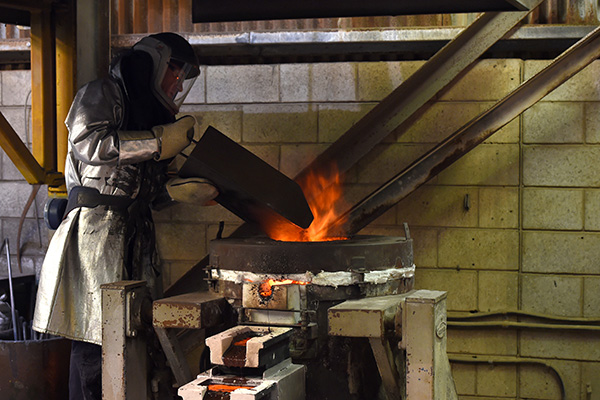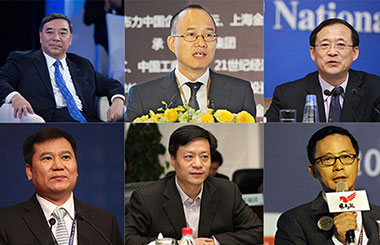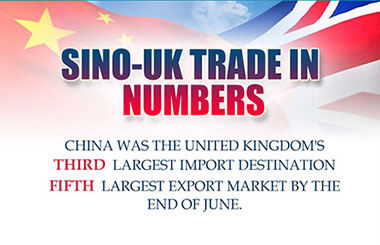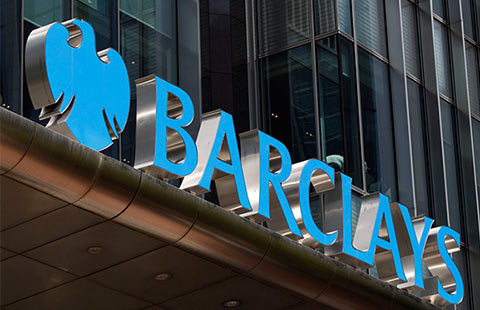Zijin banks on overseas M&As for future growth
By Lyu Chang in Tianjin (China Daily) Updated: 2015-10-24 08:10
 |
|
A mixture of concentrate is poured into the residue of molten gold in a crucible at the Norton Gold Fields Ltd in Kalgoorlie, Australia. The company is controlled by Zijin Mining Group, the world's biggest gold producer by market value. [Photo/Agencies] |
Chen Jinghe, chairman of Zijin, said that the company is still weighing the possibilities for acquisitions but declined to provide any detailed information.
"Chinese mining companies should 'go out' and compete in the global market as many undervalued mines present a good buying opportunity," he said.
Chen said his company's major focus in overseas assets are gold and copper, especially for large mines with reserves of above 100 metric tons for gold and 1 million metric tons for copper.
Currently production from its overseas gold assets accounts for 20 percent of the company's total output, while profit generated from the gold mines accounts for 10 percent.
Profits in mining industry have been declining since 2012 due to a sharp fall in the prices of mining products such as coal, iron ore and copper due to oversupply.
That decline has expanded from 17 percent in 2013 to 57 percent during the period from January to August this year, official data from the National Bureau of Statistics showed.
"Prices of mining products will fluctuate at the current level for the next three to five years," he said. However, experts said the tough times are not that bad, as it can be an opportunity for an industrial consolidation and for strategic, profitable acquisitions.
Keith N. Spence, president of Global Mining Capital Corp, which is engaged in private equity investments and M&As in the mining sector, said that it is a tough period for the industry due to bankruptcies of companies and unemployment of miners.
Zijin's gross profit margin has been about 40 percent in recent years, due to its strategic planning, Chen said. The company, which is China's second-largest copper producer and a major zinc producer, has been active in overseas investment since 2005.
In August, it completed an investment about 1.8 billion yuan ($283 million) to acquire a 50 percent stake in a Papua New Guinea gold mine, owned by Toronto-based Barrick Gold Corp, which is expected to generate 15 to 16 metric tons of gold per year.
In May, the company unveiled two acquisitions for more than $700 million, one in Papua New Guinea and one in the Democratic Republic of Congo. It controls or has interests in existing mines in Australia, Russia, Tajikistan and Kyrgyzstan.
- Alibaba, UKTI sign deal to help British firms operate sales to China
- Beijing-Tianjin-Hebei region to 'speed up' transition
- Manchester hopes president's visit will bring benefits
- C.banner to buy iconic UK toy store Hamleys
- Watchdog nets more fish in illegal trading swoop
- Courier STO Express plans backdoor listing
- PBOC cuts interest rates to spur economy
- HSBC is considering relocating headquarters to US, Hong Kong














